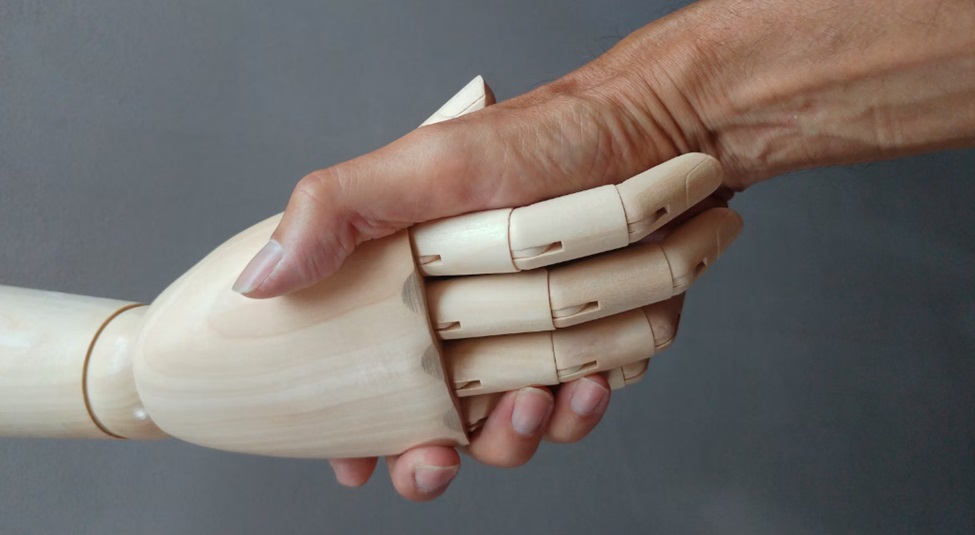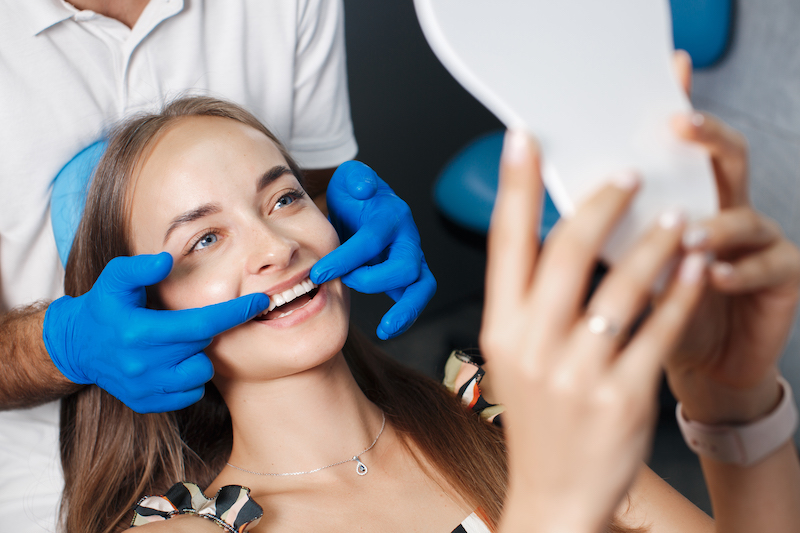Prosthetics have revolutionized the lives of individuals who have lost limbs or other body parts due to injury, illness, or congenital conditions. Modern prosthetic technology offers not just a replacement for lost function, but also the potential to greatly enhance the quality of life, independence, and confidence.
Whether it’s a prosthetic leg that restores mobility or an eye prosthetic that improves appearance, the impact of these devices can be profound. Here are five ways prosthetics can significantly improve your life.
1. Restoring Mobility and Independence
One of the most significant benefits of prosthetics is the restoration of mobility, particularly for those who have lost a limb. A prosthetic leg, for example, can enable individuals to walk, run, and perform daily activities that would otherwise be impossible.
A comfortable fit prosthetic leg is designed with advanced materials and technology that provide a natural range of motion and improved stability, allowing users to move with greater ease and confidence.
2. Enhancing Appearance and Self-Confidence
Prosthetics also play a crucial role in enhancing appearance and self-confidence, especially in cases where visible body parts have been lost. Eye prosthetics, for instance, can restore the natural appearance of the face after the loss of an eye.
These custom-made devices are designed to match the natural eye as closely as possible in color, size, and shape, helping individuals regain their self-esteem and feel more comfortable in social situations.
By improving appearance, prosthetics can significantly boost a person’s self-confidence, allowing them to interact with others without the self-consciousness that may accompany visible disfigurement.
3. Improving Functionality and Quality of Life
Prosthetics are not just cosmetic; they are highly functional devices that can restore a wide range of abilities. For example, a prosthetic leg can be fitted with various attachments to allow for different activities, such as swimming or running.
Similarly, upper limb prosthetics can enable individuals to perform tasks like gripping, lifting, and manipulating objects, which are essential for daily living. These functional improvements greatly enhance the quality of life, enabling users to perform tasks they may have thought were lost forever.
4. Providing Psychological and Emotional Support
The psychological and emotional impact of losing a limb or body part can be profound, often leading to feelings of loss, grief, and depression. Prosthetics can play a vital role in the emotional healing process by providing a tangible way to regain what was lost. For many individuals, the process of being fitted with a prosthetic and learning to use it effectively marks a significant turning point in their recovery.
5. Enabling Participation in Sports and Active Lifestyles
Prosthetics have made it possible for individuals with limb loss to participate in sports and lead active lifestyles. Advanced prosthetic legs designed for running, jumping, and other high-impact activities have opened up new opportunities for athletic participation.
Athletes with prosthetic legs have competed in events from local races to the Paralympics, demonstrating that limb loss does not have to mean the end of an active lifestyle. The ability to engage in sports and physical activities not only promotes physical health but also offers emotional benefits, such as increased self-esteem, social interaction, and stress relief.




